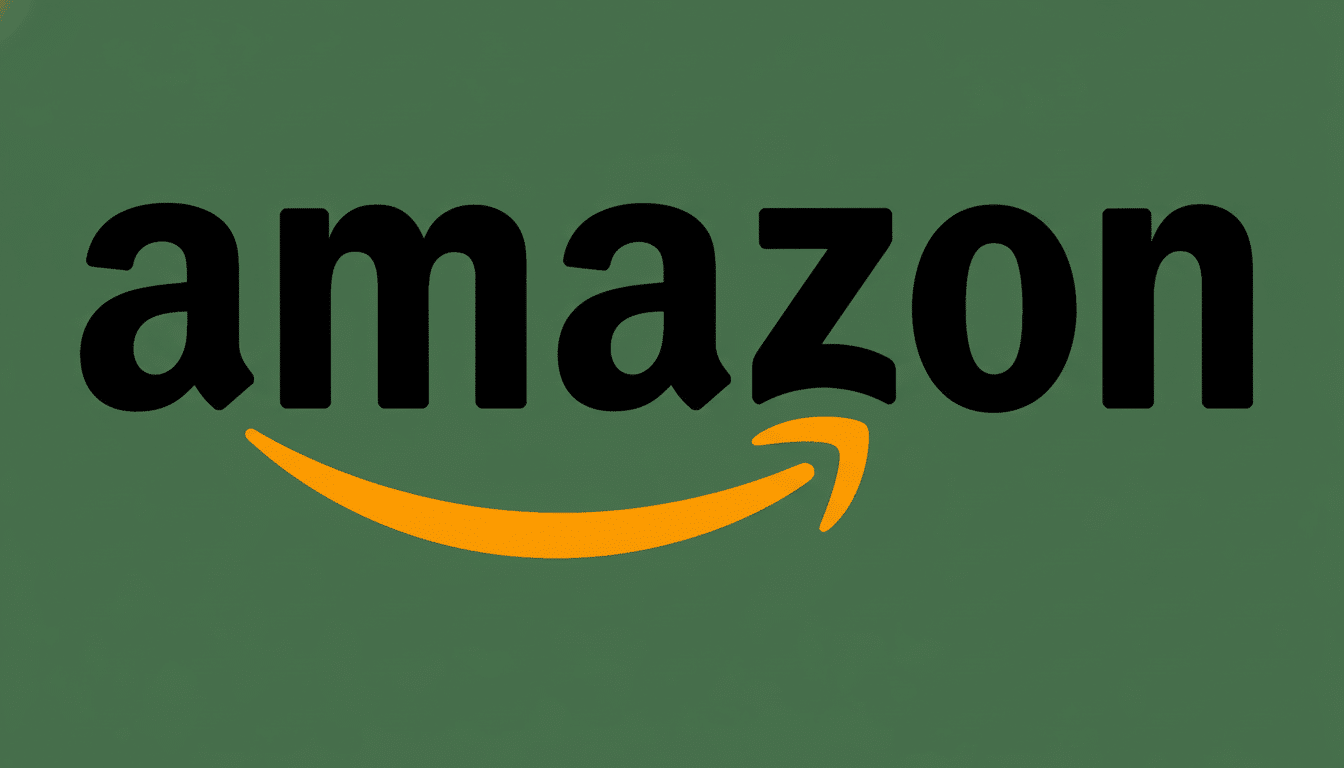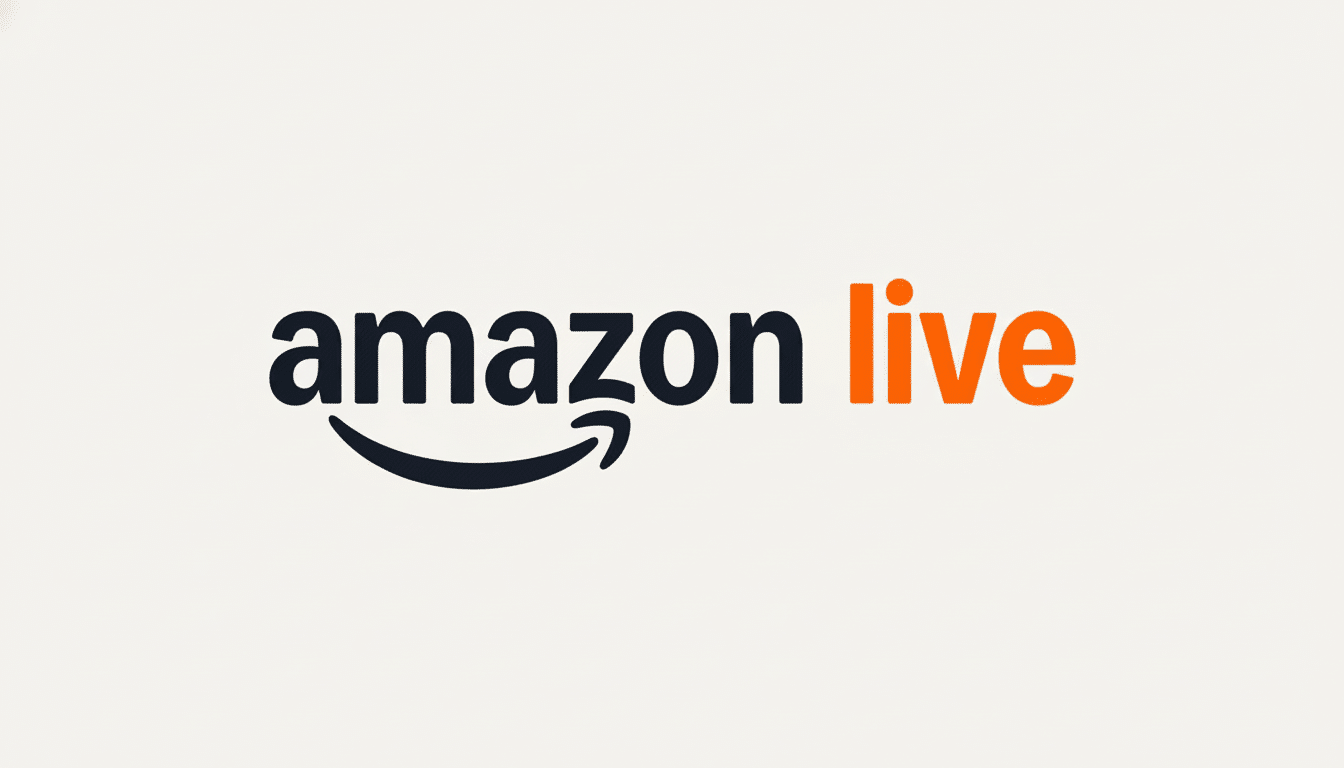Amazon is testing AI-infused smart glasses that talk to the wearer when paired with a smartphone; these wearables rely on a bone-conduction speaker and are designed to allow workers to access data without rummaging around for a handheld device like a scanner or smartphone. The glasses overlay computer vision and on-device artificial intelligence onto a small augmented-reality display, directing drivers from their van to the doorstep, scanning packages and taking proof-of-delivery images without necessitating a reach for a phone.
How Amazon's smart glasses work for delivery drivers
The system wakes up when a driver parks close to a destination. The glasses pinpoint the right package inside the vehicle, then provide turn-by-turn walking directions to its precise drop-off spot — a key consideration in apartment complexes and dense commercial sites where wayfinding is time-consuming. Built-in cameras and AI-based sensing allow for contactless barcode scanning of goods at the point of delivery while providing a visual audit trail of delivery.

To make the most of an Über-long 10-hour route, the setup is combined with a vest-mounted controller that holds the main controls, swappable battery and dedicated emergency button for getting swift assistance. Amazon says the eyewear is compatible with prescription inserts, as well as transitional lenses that darken or lighten in response to light, a useful acknowledgment of all-day outdoor use.
The company has not yet revealed details like the camera’s resolution, battery life or weight, but it is doing test runs of the system with drivers in North America and tweaking features such as hazard highlights, low-light adaptation and pet detection. A planned “real-time defect detection” mode is supposed to identify potential misdeliveries before a driver leaves the scene.
Why it matters for last-mile delivery efficiency
Last-mile delivery is still the most expensive mile in the supply chain. Research by Capgemini Research Institute and McKinsey has found it can make up about 40% to 50% of total logistics costs. With Amazon drivers frequently racking up 120 to 200 stops a day, shaving just 10 seconds off each stop can free up 20 to 30 minutes on a route — multiplied by thousands of workers, the productivity gains are material.
There is a precedent for head-up guidance improving efficiency. Productivity rose by about 15 percent in DHL’s “vision picking” smart glasses trials at warehouses, if the company’s published results are anything to go by. Street-level delivery is more chaotic than a picking aisle, of course, but the same principle — clear, contextual in-field instructions — can help minimize route hesitations, misreads on unit numbers and time wasted toggling between a phone, a parcel and the physical environment.
Fewer errors would also help raise first-attempt delivery rates, a crucial measure of customer satisfaction and cost containment. Research conducted by industry trackers like the Pitney Bowes Parcel Shipping Index reveals tens of billions in parcel volumes in the U.S. every year; notching an even tiny increase in first-attempt success compounds to substantial cost savings and fewer repeat trips.
Safety and worker experience in last-mile delivery
But hands-free isn’t just a convenience play. The National Highway Traffic Safety Administration still says thousands of crashes each year are caused by distraction. Drivers typically deliver on foot once parked, but the downside of constantly looking down to a handset has its own set of trip hazards and takes away blinkers-on situational awareness. Studies of the ergonomics of head-mounted displays by NIOSH and other occupational health groups have shown that devices worn on the head can decrease neck flexion and repetitive motions compared with handheld devices.
That’s not to say information needs to overload our brains in the data passage from street to eye.

Flooding a small screen with turn prompts, hazard indicators and scan cues can be counterproductive. Amazon’s addition of a vest-button acknowledges another worker-ops reality: the need for rapid escalation when faced with an unsafe condition or challenging customer interaction.
Privacy will be scrutinized. Labor organizers and digital rights groups like the ACLU and Electronic Frontier Foundation have raised alarms about always-on cameras and AI monitoring in commercial fleets. Clear rules around when the camera records, how long that data is kept and who can access it will determine adoption as much as the hardware itself — at least in places with more stringent regulations like GDPR.
Technical hurdles and open questions for rollout
Real-world delivery conditions are unforgiving. Rain, glare, lenses that get scratched, winter fog and the like can obstruct vision — and computer vision. Battery life through entire shifts, especially in hot and cold weather, will be a gating factor. Connectivity voids can also be detrimental to some features reliant on the cloud; therefore, strong on-device inference is key for functionality such as misdelivery detection or pet recognition.
Integration depth matters. The glasses will have to integrate well with Amazon’s route optimization, address intelligence and proof-of-delivery systems that its Delivery Service Partner network uses. With fitness, hygiene and prescription support for thousands of drivers comes the need for a plan to size them, clean them or replace them quickly to lessen any downtime.
Competitive context and roadmap for smart glasses
Smart glasses specifically found a place in field service and manufacturing with Google Glass Enterprise, Vuzix and RealWear devices, among others, whereas Microsoft HoloLens is focused on more immersive industrial scenarios. Applying light-touch AR to last-mile delivery is a natural iteration but there have been fewer large deployments. Amazon’s strategy — building for its own logistics stack — might also speed up learnings and iteration cycles.
Amazon said larger rollouts would follow after trials. The pipeline also contains features around real-time defect detection (enhancing speed and making sure the first attempt is a success), adaptive low-light modes and pet awareness in yards to decrease risk. The KPIs to watch are pretty clear:
- Average time per stop
- Misdelivery rate
- First-attempt completion
- Incident reports
- Driver satisfaction
If the glasses are nudging those needles, anticipate an increase in short-circuited scutwork… and a new normal for how last-mile skills are utilized.

